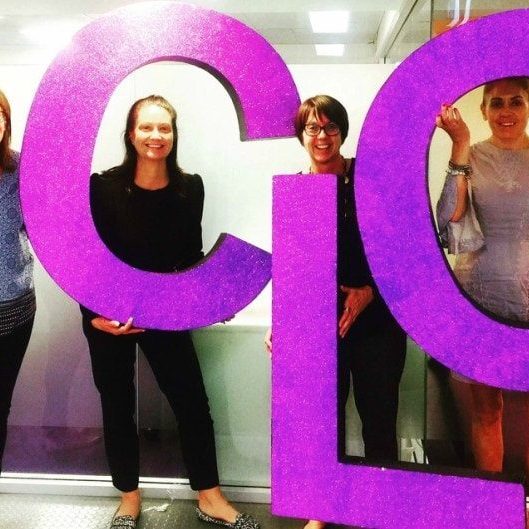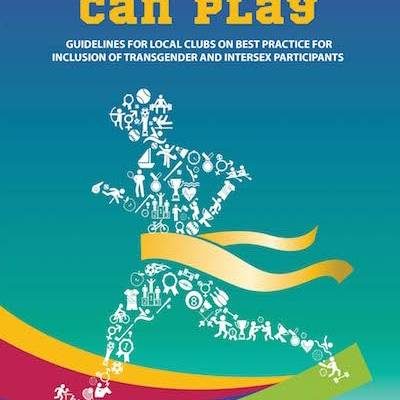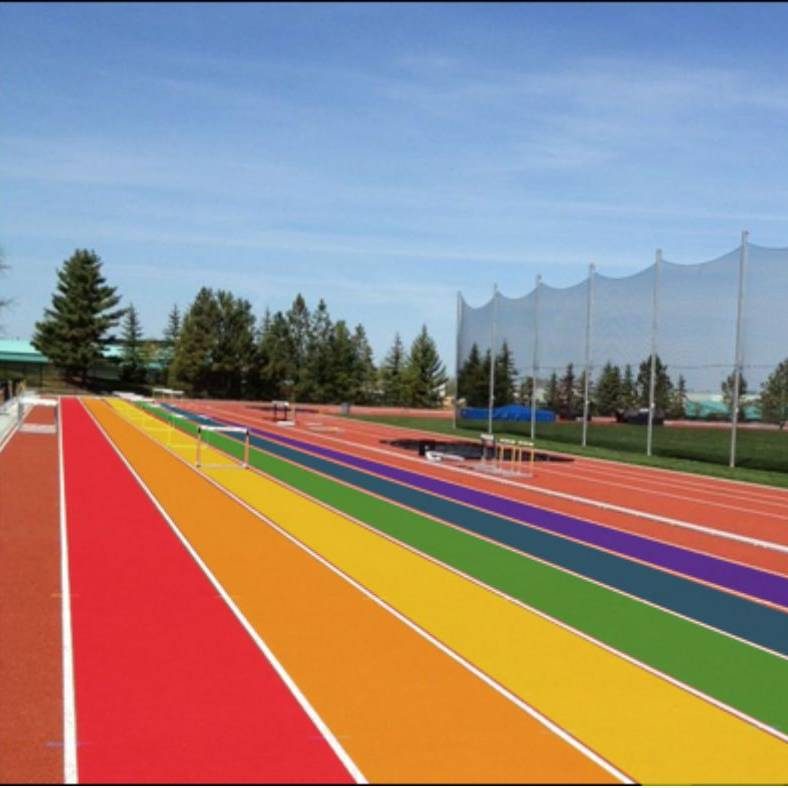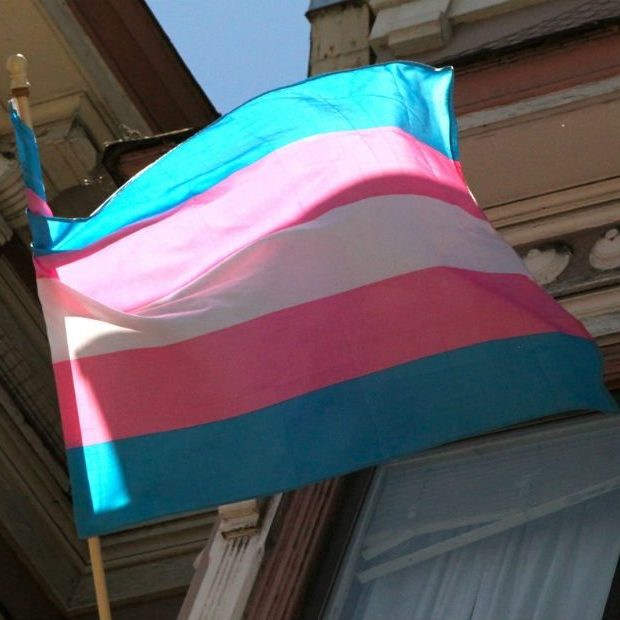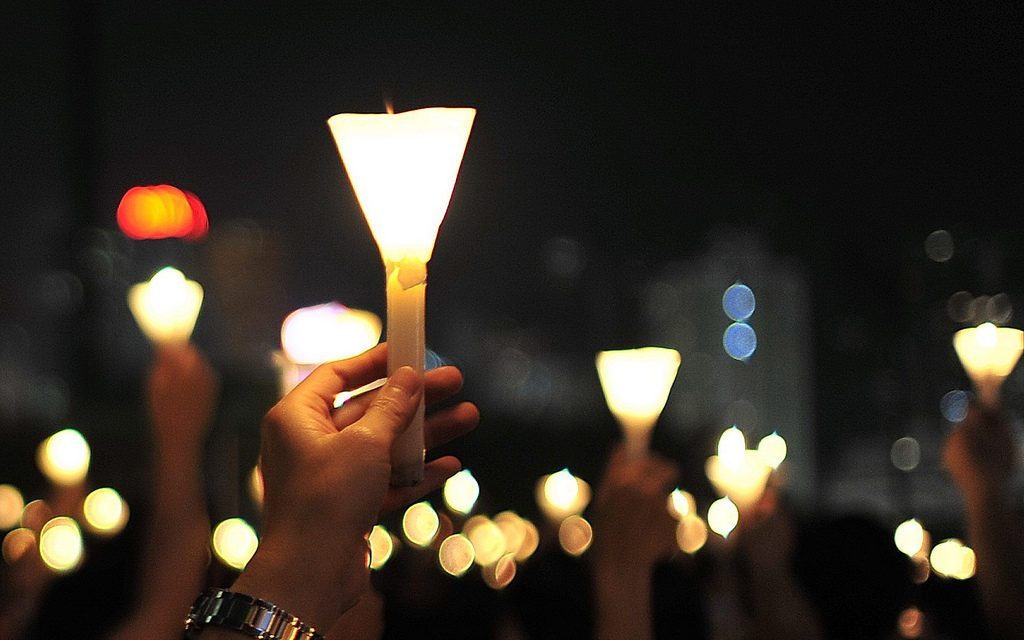 We pay our respect to those in the trans, sex and gender diverse community who are no longer with us.
We pay our respect to those in the trans, sex and gender diverse community who are no longer with us.
We extend our support and thoughts to the trans community, their friends, family and allies on this day.
Amnesty International has publicly called for equality on Transgender Day of Remembrance on 20 November 2015.
Throughout Australia and the world, trans people experience discrimination, vilification, persecution and inequality under the law. These human rights abuses have a profound effect on the lives of people in the trans community.
Amnesty International’s LGBTQI network calls on all Australian Government to show respect and support for the human rights of trans and SGD (sex and gender diverse) people by providing equality under the law for all trans and SGD peoples. Amnesty International urges state governments to urgently reform their legislation so that a statutory declaration or affidavit is sufficient proof to change a person’s sex in both state government records and proof of identity documentation. This reform was recommended by the Human Rights Commission, it its 2015 report Resilient Individuals: Sexual Orientation, Gender Identity & Intersex Rights.
In New South Wales, a transgender person wanting to apply for their sex to be changed on their birth certificate is first required to undergo a surgical procedure to alter their reproductive organs under the Births Deaths and Marriages Act 1995.
A married transgender person who affirms their gender and then wishes to change their sex on their birth certificate, must first divorce their spouse before lodging an application, under the Births Deaths and Marriages Act. No one should have to make a choice between having a birth certificate that accurately reflects their identity and continuing a loving marriage with a spouse.
These provisions stigmatise and restrict the ability of transgender people to obtain legal and social recognition of their identity.
They do not reflect the diversity of gender identity, take no account of the social identity of a person’s gender and fail to include the many types of transitions that occur.
Nancy’s son Skylar is a young transgender person affirming their gender from female to male. Skylar now has a birth certificate and other documentation under his new name. However Skylar cannot apply to change his sex on his birth certificate from female to male unless he undergoes expensive, invasive and irreversible sex affirmation surgery.
Significantly, Skylar is able to change sex on his passport and can be identified as male on all Commonwealth records. Skylar will then be identified as male on his passport, while remaining female on his birth certificate.
Nancy says ‘It is absurd that Skylar’s two primary pieces of official government issued identification will contain different information regarding Skylar’s gender. How embarrassing will it be for Skylar when his transition is complete, to present a birth certificate which states that he is female?’
The provisions in the Births Deaths and Marriages Act do not reflect best practice regarding changing gender on government records and identification documents and cause unnecessary distress and hardship to trans, SGD people.

